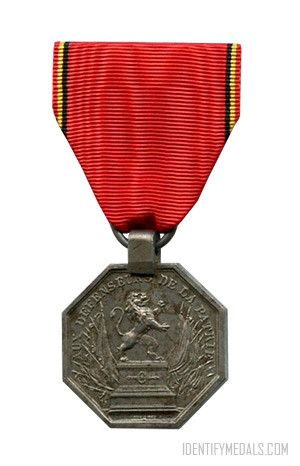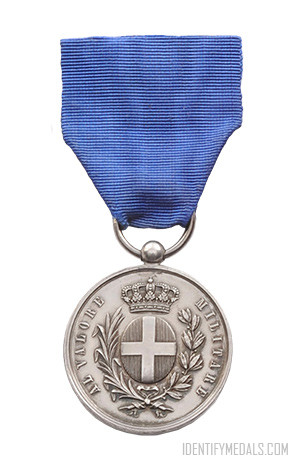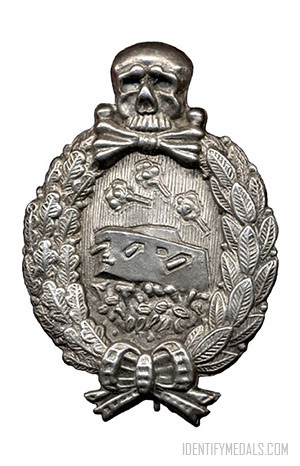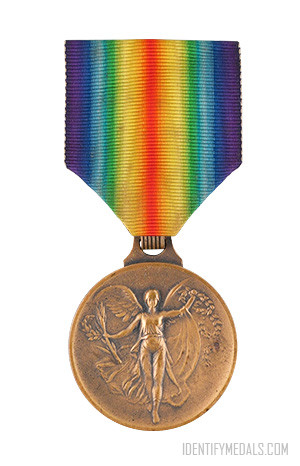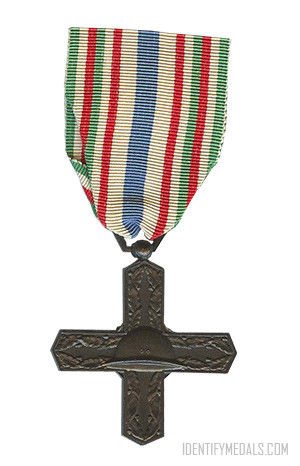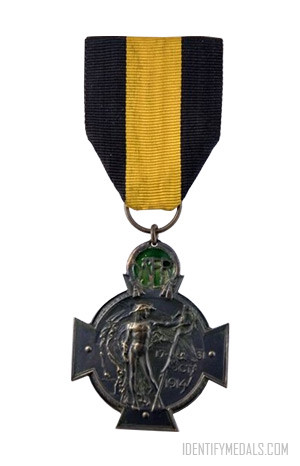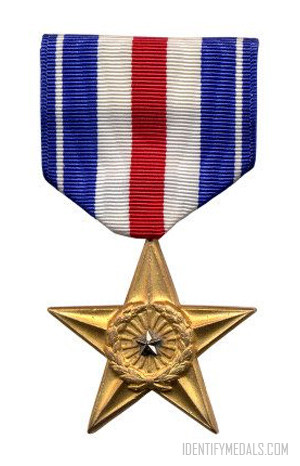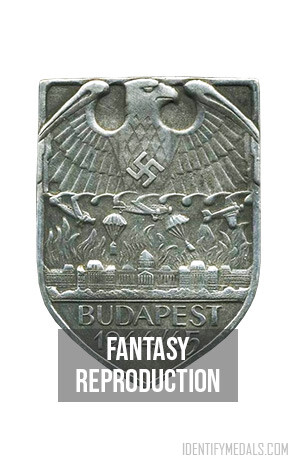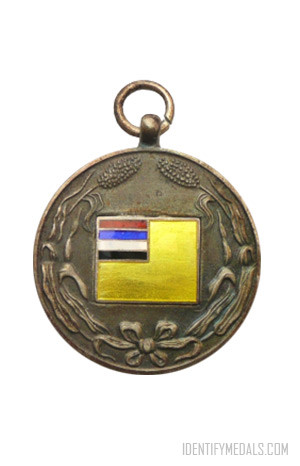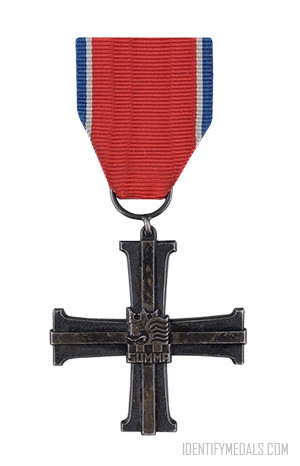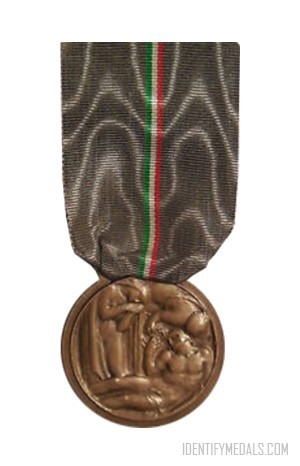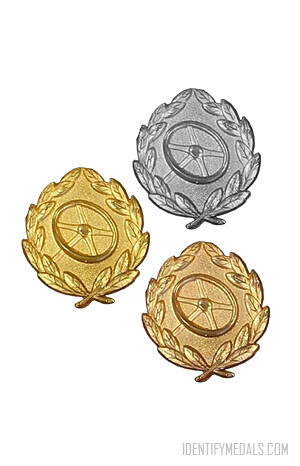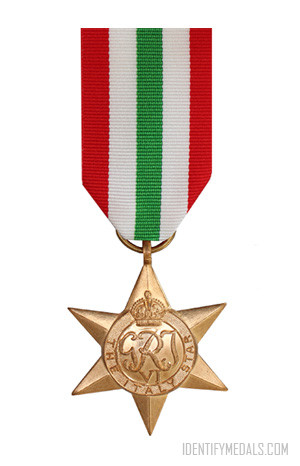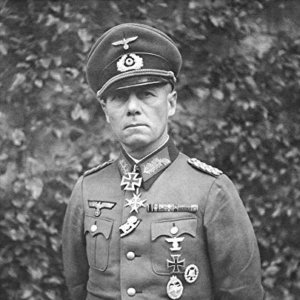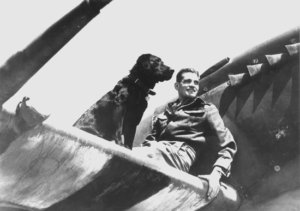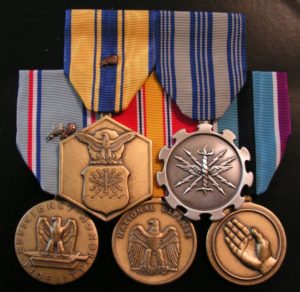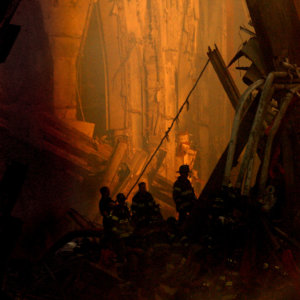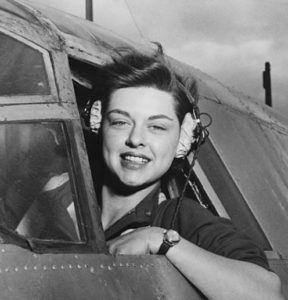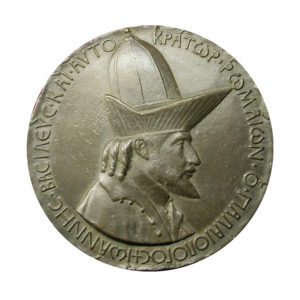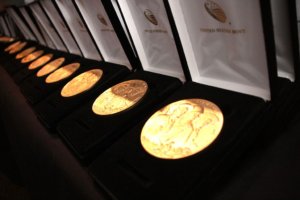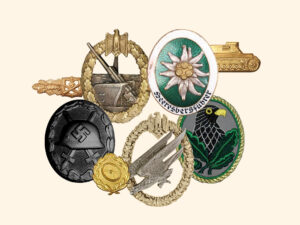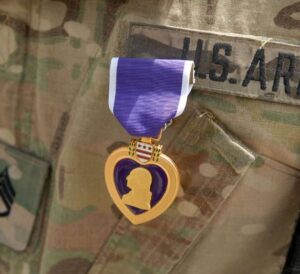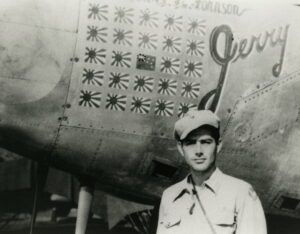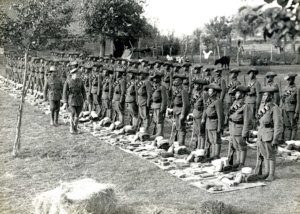- Time Period: Pre World War I
- Institution: 8 October 1833
- Country: Belgium
The Iron Cross (Croix de fer / IJzeren Kruis) was established by law in 1833 after the end of the Belgian Revolution and awarded to those who had received serious wounds and for bravery in battle between 25 August 1830 and 4 February 1831. Recipients were also honored with the right to bear arms and received ever-increasing pensions.
On 22 August 1834, a royal decree created a second class to the Iron Cross for award to all wounded combatants, although it was short-lived and amalgamated to the Iron Cross first class by decree of 21 February 1835.
The award was bestowed to members of the provisional government and to other citizens who were wounded in battle and who elected to stay at their post and keep fighting or who returned to the fight, to the maimed and mutilated, as well as to those who displayed acts of courage in combat and eminent services to the country.
The estimated number of decorated was 1635 in 1835, and 463 decorated living in 1860.
The Iron Cross Design
First Class
The Iron Cross first class is a black Maltese Cross struck from iron with a gold central medallion. The cross is outlined in gold and small gilt orbs were affixed to the eight tips of the cross arms. The obverse bears the gilt relief image of the Belgian lion, a heraldic “lion rampant” and a golden disc. The reverse bears the gilt relief inscription “1830” and is also surrounded by a golden disc.
The cross is suspended by a ring and the ribbon is a 31mm wide red silk moiré with 1.3mm wide yellow edge stripes bordered on the inside by 2.7mm wide black stripes.
Second Class
The Iron Cross second class is an octagonal medal struck from iron. The obverse bears the relief image of the Belgian lion, a heraldic “lion rampant” but with banners to the left and right. Along the edge there’s a circular inscription in relief that reads “AUX DEFENSEURS DE LA PATRIE” (“TO THE DEFENDERS OF THE COUNTRY“) and the coats of arms of the nine Belgian provinces arranged in a circle around a sun. The reverse bears the year “1830” is superimposed over it, and it’s all surrounded by a relief circular inscription reading “INDEPENDANCE DE LA BELGIQUE” (“INDEPENDENCE OF BELGIUM“).
The award is topped by a pivot mounted crown, with the same ribbon as the cross first class.

